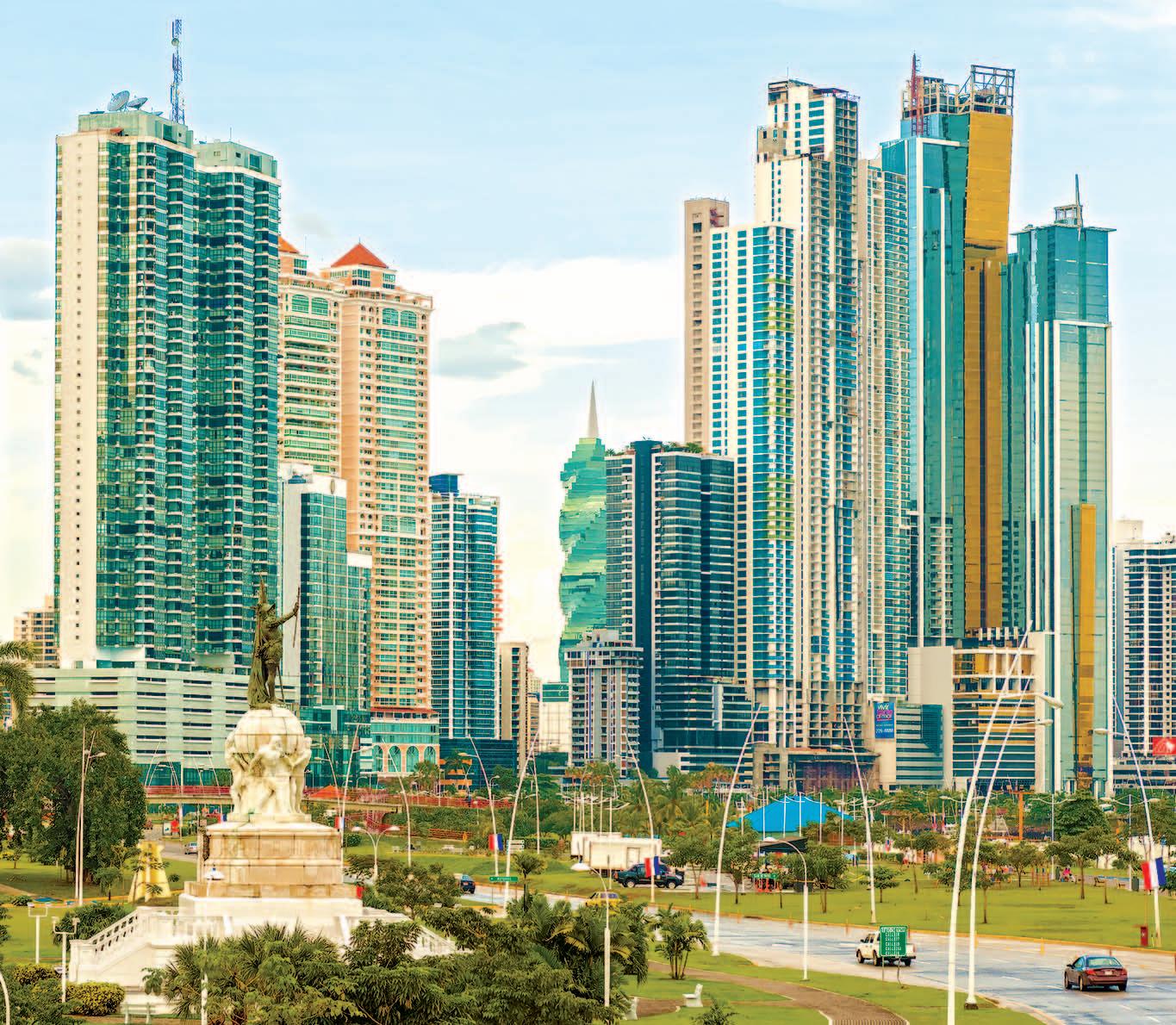
6 minute read
A trip to Panama for stem cell treatment
By Diane York
For some of us, it’s a never-ending task to stall the aging process.
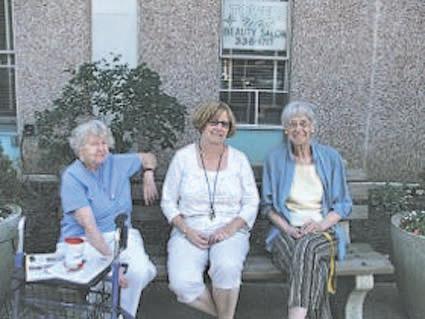

Now that I’m in my 60s, my back and hip problems were preventing me from activities like Zumba, hiking and pickleball. I had already been through the gamut of orthopedic consults, one hip replacement and endless physical therapy.
Then a friend of mine told me he had stem cell injections in his knees and within days was able to resume his marathon bike trips. I had read about motivational speaker Tony Robbins’ success with stem cell treatments at the Stem Cell Institute in Panama.
Intrigued, I took a closer look. They use umbilical cord stem cells. Those are not embryonic; they are from umbilical cords delivered at birth, which are typically discarded.
Such cells can travel throughout the body, possibly mending and replacing cells that are old and damaged. [Ed. For more information about stem cell research and its potential, see “FDA warnings about stem cell therapies” on page 5 of this issue.]
After sending my medical records to the clinic, I learned that they do not treat spinal stenosis (which I have), but would provide treatment for osteoarthritis (which I also have) and for general antiaging.
While side effects are usually minimal, the cost for this treatment is not. Even though my pocketbook was thin, and it would mean waiting another few years to replace my 2010 Toyota sedan, I wanted to take this chance. My friends thought I was crazy, but I decided to go for it.

Traveling with a friend
My good friend Linda accompanied me. We stayed at the Panama Hilton, where we had spectacular views of the bay and Casco Viejo, the “Old City” founded by the Spanish in 1519. Below our balcony, soft Latin music played as we watched guests enjoying the pool and the balmy weather.
On our first night, we ate in the café by the pool and had piña coladas to celebrate our arrival. A piña colada in the tropics is not quite the same as in the U.S. — fresh pineapple juice and fresh coconut milk (or was it the ambiance?) made them taste fantastic.
We decided to see some of Panama before my treatments began, starting with the Panama Canal. I was stunned by the enormity of the place. Massive tankers and container ships as large as small cities squeezed their way through the locks.
We watched in awe as a huge tanker plowed through, assisted by small trains and tugboats. Some of these ships can carry as many as 24,000 containers, each the size of a railroad car.
We also toured Casco Viejo. The splendid Spanish architecture is still there, some of it ruined, some still as grand as ever. Especially well-preserved were the
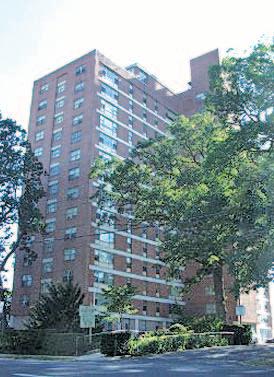
Forts and bunkers
That fun and frivolity contrasts with sites that relate serious chapters of St. Lucia’s history, such as bloody Revolutionary War-era clashes between France and England.
The British built Fort Rodney at the northern tip of the island in 1780, when they were vying with France for control of St. Lucia and other Caribbean islands. Its massive cannon could attack approaching enemy ships attempting to enter the harbor. Barracks, bunkers and the remains of the commander’s residence are among reminders of that time.
It was the French who first established a military presence on Morne Fortune, an imposing mountain that looms over Castries. Later, the British claimed the position and built fortifications, gun emplacements and other military structures scattered about the area.
After seeing the island’s historic sites, I discovered that my personal favorite place was neither a man-made military base nor bunker, but rather a natural attraction.
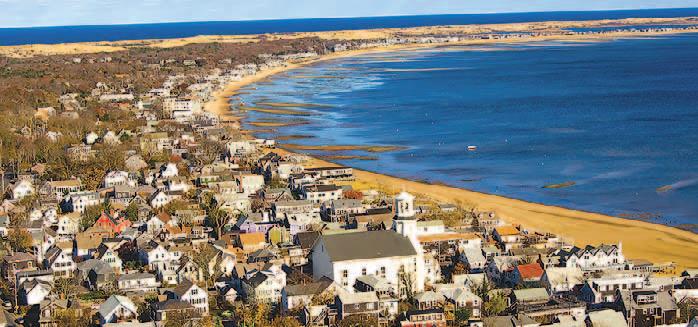
Beacon Bits
Ongoing
A tour of the Bay Marigot Bay combines some of Mother Nature’s magnificent handiwork, historic tidbits, welcoming accommodations and inviting places to dine. The cove is surrounded on three sides by steep, forested hills, and the inland portion forms a protected area known as a hurricane hole, where boats seek refuge from big blows. James Michener called it “The most beautiful bay in the Caribbean.”
The French and British navies fought a number of battles for control of the bay, and it serves today as a peaceful docking place for boats, ranging from small outboard motor craft to massive super-yachts.
For a closer look at Marigot Bay, we hopped on a boat tour. Given its name, it wasn’t surprising that a festive feel manifested itself shortly after our Spirit of Carnival Party Cruise catamaran left the dock. Passengers sipped and supped, danced to piped music, and oohed, aahed and photographed the superb scenery the boat passed.
Stops along the way included an immersion in the mud baths at Soufrière, a photo op standing beneath a plummeting waterfall, and a warmer experience snorkeling in the tepid Caribbean Sea.
As one guidebook puts it, the island has been “blessed by nature,” and offers “geographic and cultural riches enough to embarrass far bigger nations.” After acclimating to St. Lucia’s roads and absorbing its cheerful, calm atmosphere, we found that to be true.
If you go

Round-trip flights from BWI to St. Lucia start at around $684. Accommodations range from budget-priced local B&Bs, to medium-range boutique inns, to luxury allinclusive resorts.
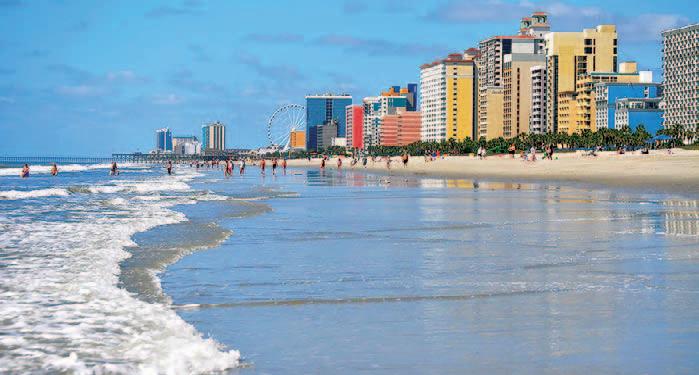
We chose to stay at a furnished villa at
Beacon Bits

Mar. 10
Chateau Mygo, perched at the edge of Marigot Bay. Our two-bedroom apartment had an expansive living-dining-kitchen area, outside deck and small plunge pool. Rates begin at $1,200 a week. For more information go to chateaumygo.com.
Its excellent seaside open-air eatery features seafood, such as ample portions of sesame seared tuna or fish and chips (each $28), served with several sides. Guests of Chateau Mygo receive a 15% discount on food and beverages.
For more information about St. Lucia, see stlucia.org.
Free Job Seeker Assistance
Visit the Enoch Pratt Free Library, where Maryland Department of Labor staff can help those re-entering the workforce after a long break refresh a resume, make a career change, or apply for a job online. This free event takes place on Fri., March 10, from 10 a.m. to 4 p.m. at Central Library’s Business, Science, and Technology Department, 400 Cathedral St., Baltimore. For more information, call (410) 396�5430.

Mar. 21+
Free Tech Support
Baltimore County Department of Aging, in partnership with the University of Maryland Extension, offers free, private, one-on-one tech support. The Cyber Senior Tech Helpline is available to help you every Friday from noon to 2 p.m. For more information, the Zoom link or assistance, call (410) 887-2002 or email BCDAtechtools@baltimorecountymd.gov.
FIRST TUESDAY DANCE
Mar. 7
Put some twinkle on your toes at Bykota Senior Center’s monthly dance social. Helmut Licht performs ballroom music. This event takes place on Tue., March 7, from 1 to 3 p.m. at 611 Central Ave., Towson.

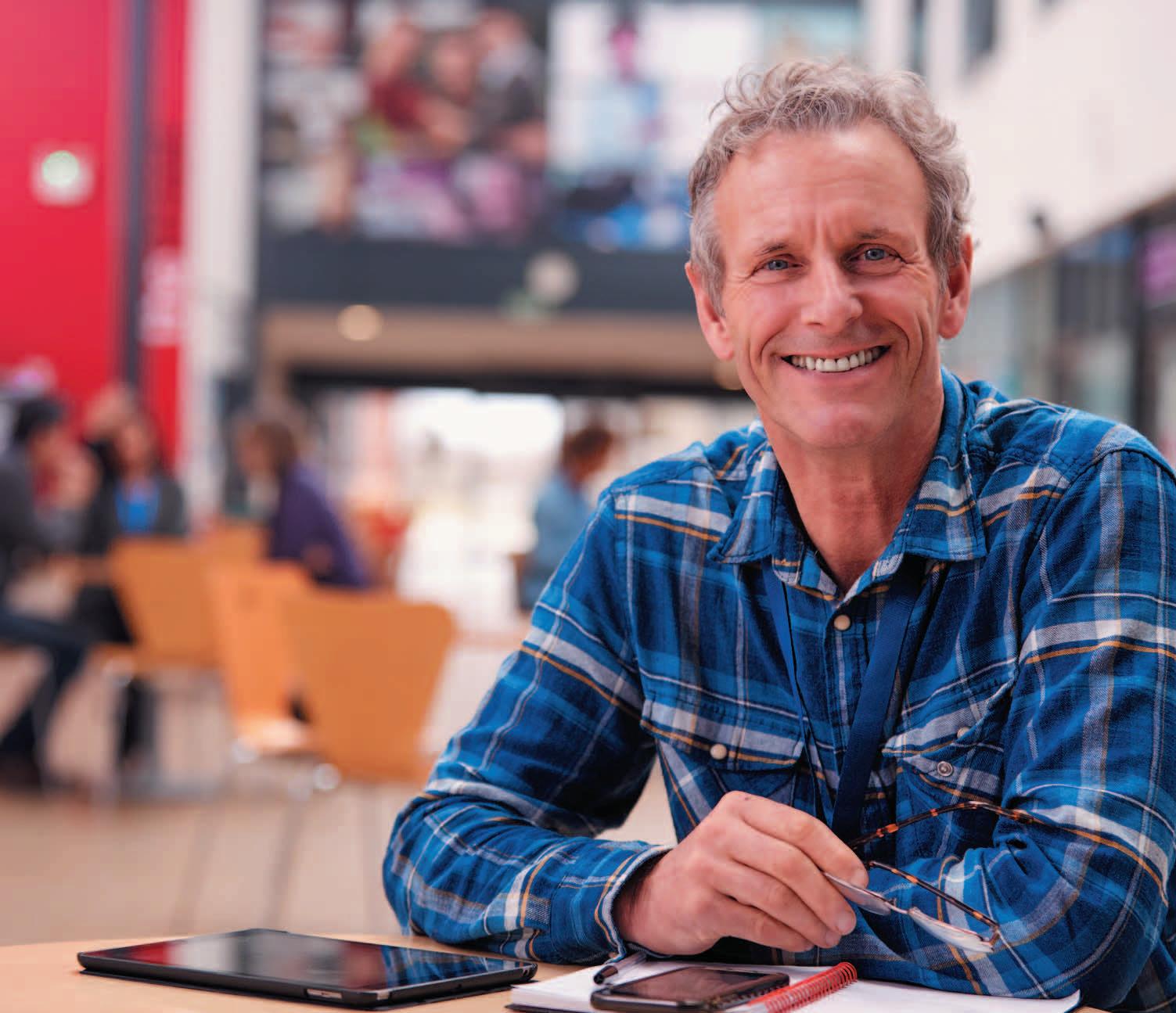
Memory Caf
Jewish Community Services invites individuals with memory changes and their care partners to Memory Café, a welcoming, relaxed place to meet and enjoy refreshments, sensory-stimulating activities and supportive socialization. This free event takes place on the third Tuesday of each month, from 2 to 3 p.m., at the Pikesville Branch of the Baltimore County Public Library, 1301 Reisterstown Rd., Pikesville. Pre-registration is required at bit.ly/JCSMemoryCafe.
six churches and cathedrals that looked like they belonged in southern Spain.
Inside the clinic
The next day, I began my treatments at the Stem Cell Institute, located on the 63rd floor of a bank building in Panama City. The modern clinic was populated by friendly English-speaking assistants and nurses.
My doctor was very professional, inquiring about my medical history and problem areas. I asked many questions, all of which she answered patiently.
My first question was, “Of all the conditions you treat here, which have you had the most success with?”
She replied, “With multiple sclerosis, because we can see the changes in lesions. We can see them get smaller.” Also, she added, when they treat rheumatoid arthritis, they can measure and see changes as well. The third area is with the treatment of autistic children, she said: “We have had many success stories there.”
She added, “We cannot cure these diseases, but we can stop the damage they are doing.”
I asked her how long it took to see the results. She explained that some people have an immediate response, some within months, and some see no improvement at all.
Meeting fellow travelers
Back at the hotel, I met many other people who were there for treatment at the same clinic.
A young man in a wheelchair was there for the third time. He had no feeling below the waist after an accident, and was told he would never recover. After his first infusion, he regained some feeling and movement in his lower body and can now stand with crutches.
An Australian soccer player with multiple injuries in his knee, shoulder and back said he had experienced substantial improvement. A mother with a seven-year-old boy with autism was among several parents of autistic children there who had heard of good results from other parents whose children had been treated there.
My treatment, which consisted of three days of infusions, began. Aside from the needle in my arm, there was no pain. A mild headache a few hours later followed each infusion. These were cured with a cup of superb Panamanian coffee with cream and sugar.
The one clear positive result I had following the first infusion was the disappearance of pain in the upper jaw/cheek that I had since a case of Covid 10 months earlier. It was never resolved by antibiotics nor by a tooth extraction. Now it was completely gone. Overall, I felt good.
After my treatments, having another two days before we left Panama, we visited the Gamboa Rainforest Reserve. The road that day was swarming with big morpho







